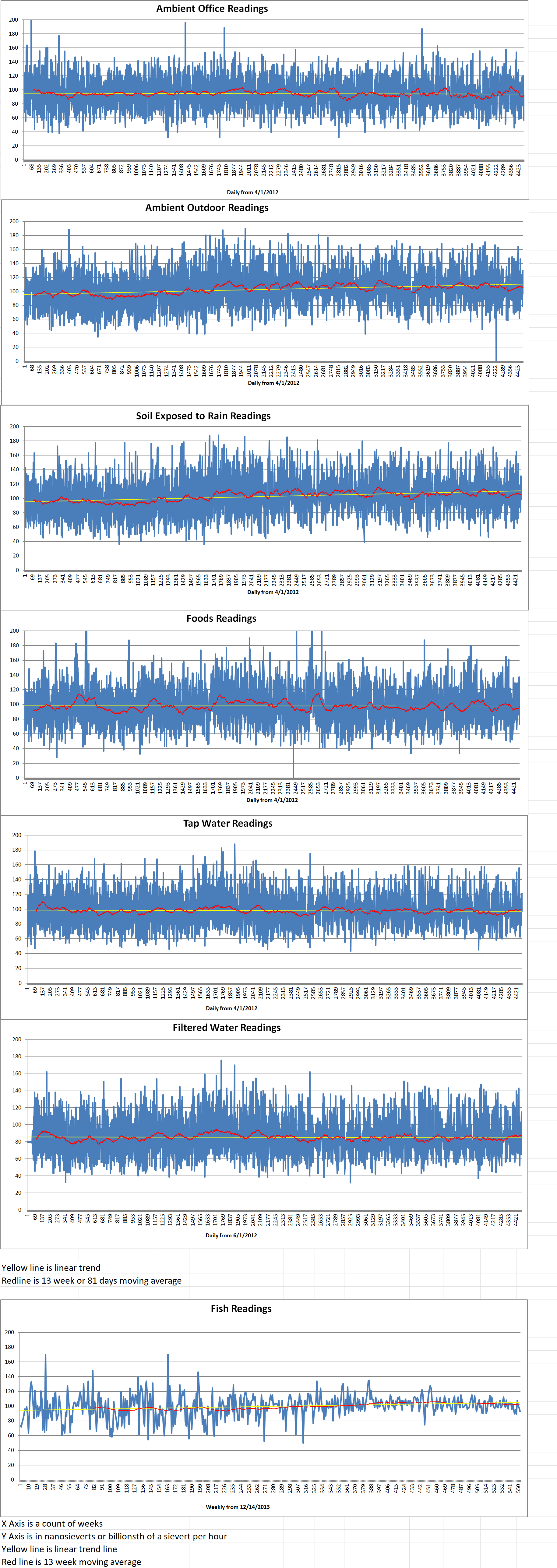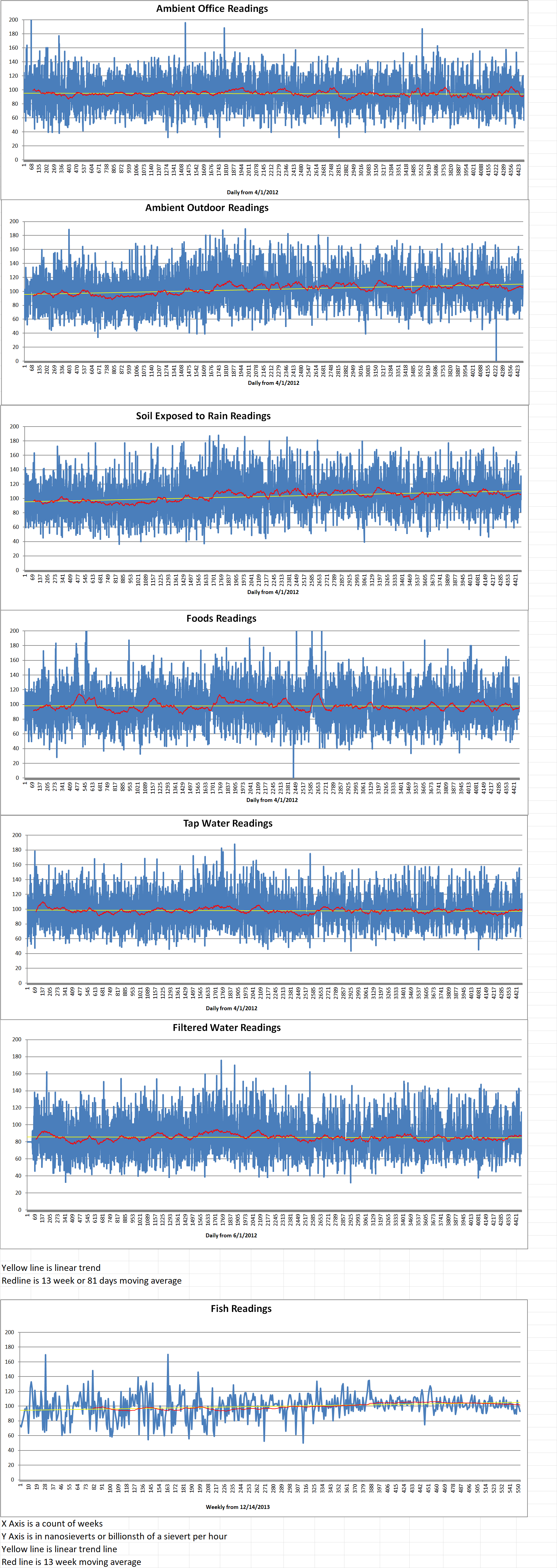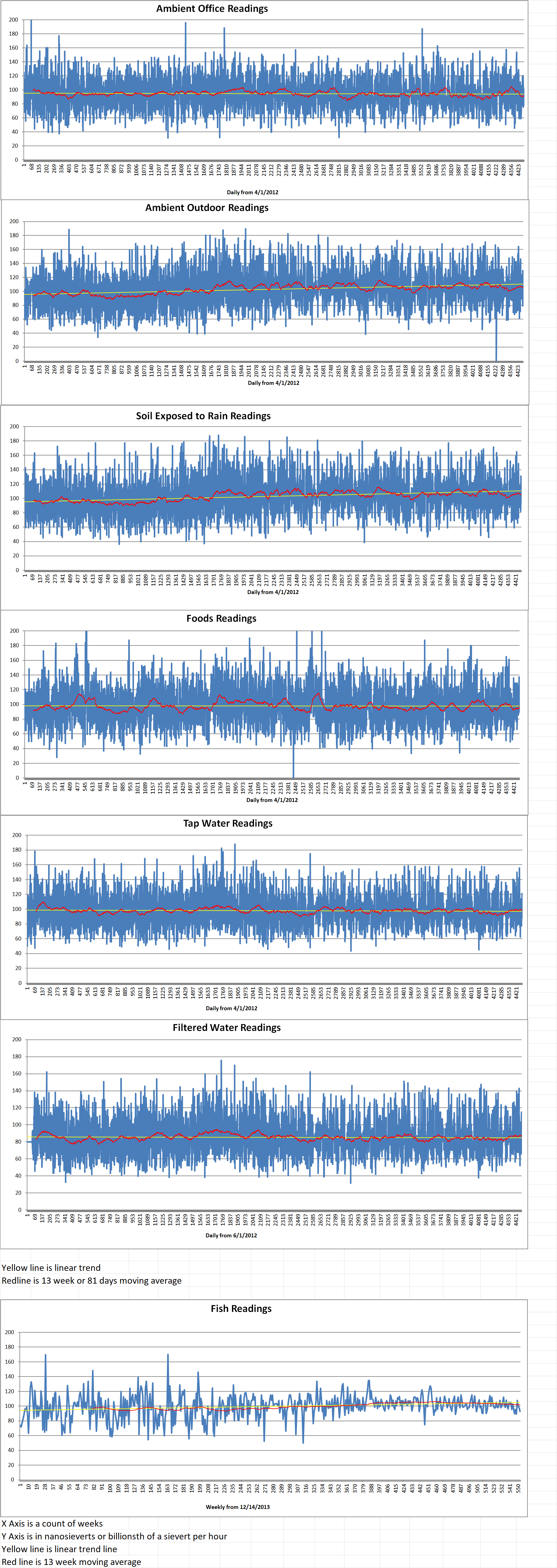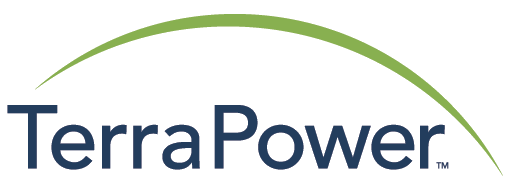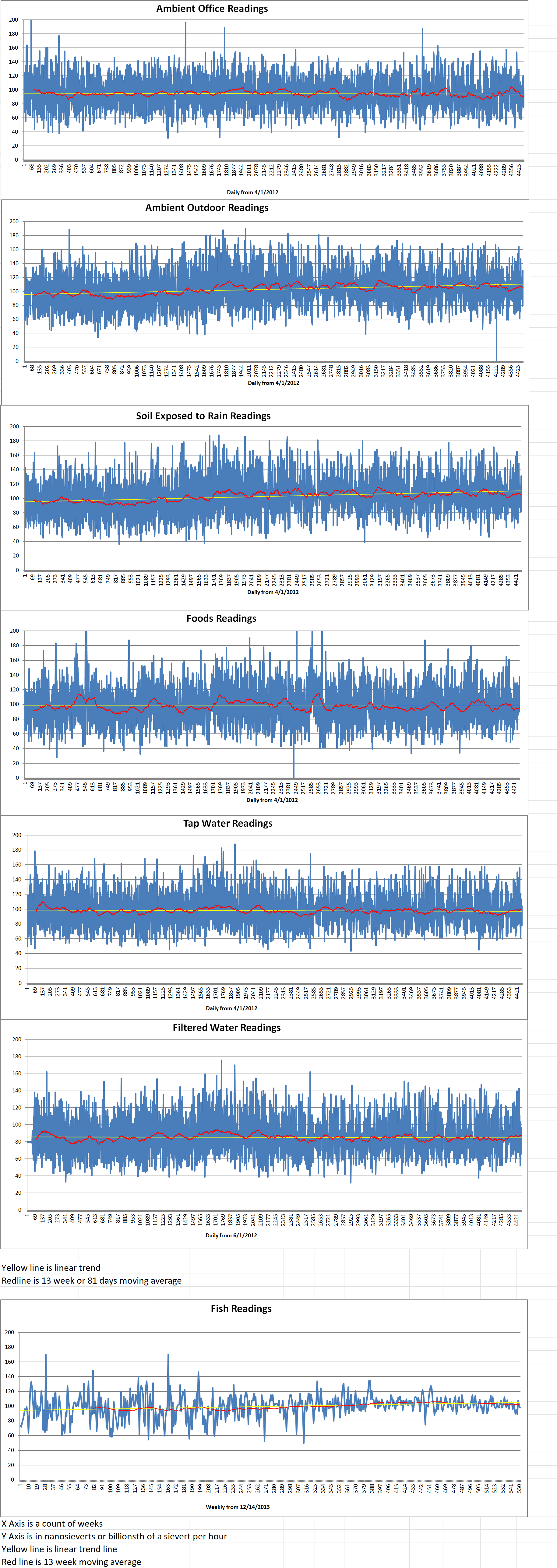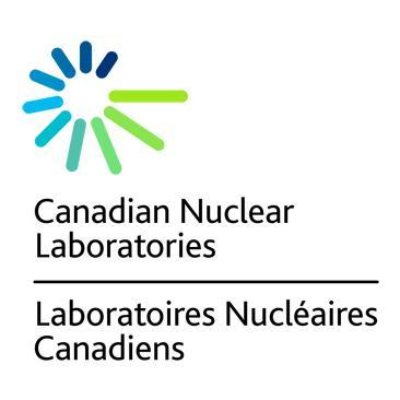Nuclear laboratories in Canada are interested in exploring the commercialization of small reactor designs. A Request for Expression of Interest (RFEOI) has been issued to test the market interest in licensing Atomic Energy of Canada Limited’s (AECL) SLOWPOKE and Nuclear Battery reactor technologies for commercialization.
AECL’s SLOWPOKE (Safe Low-Power ‘Kritical’ Experiment) technology is a family of low-pressure, pool-type reactors. The family includes the SLOWPOKE-2, which is a small, simple, inexpensive, and inherently safe reactor design that has seen years of operations experience and has been successfully licensed and operated safely in Canada for decades.
Nuclear technology developers and other interested stakeholders have been invited to share their insights and feedback about the innovative reactor designs and technologies with the latest RFEOI.
Lou Riccoboni is the Canadian Nuclear Laboratories (CNL) Vice-President of Corporate Affairs and Business Development. He stated that the company’s program of work includes the small modular reactor (SMR) siting program and Canadian Nuclear Research Initiative (CNRI). CNL has leveraged its resources to help develop and deploy the next generation of nuclear reactors in Canada.
Riccoboni added, “With that goal in mind, we see real opportunity and value in AECL’s SLOWPOKE and Nuclear Battery designs, which have tremendous potential to help combat climate change, and to advance research in physics and health sciences.”
He emphasized that this RFEOI process allows CNL to engage technology developers to determine whether there is serious commercial interest in exploiting these innovative designs. This would help advance these important causes while making the most of AECL’s Intellectual Property on behalf of Canadian taxpayers.
CNL’s Nuclear Battery technology is a solid-state micro-reactor concept that would be able to produce a combination of electricity (up to six hundred kilowatts) and heat (up to twenty-four hundred kilowatts at about four hundred °C) for up to fifteen years without the need for refueling. It could also survive all postulated accident scenarios without human intervention, according to AECL. The Nuclear Battery has never advanced to construction.
CNL has also claimed that the AECL Nuclear Battery is appropriate for off-grid applications. The Nuclear Battery concept, largely envisioned for electricity or industrial heat processes, was developed and advanced by AECL in the 1980s and 90s.
Initial research indicates that both SLOWPOKE and the Nuclear Battery may have broad appeal to the international nuclear technology development community. AECL and CNL are currently interested in learning more about market interest in these technologies which include reactor design, engineering and sales, as well as end-use applications, such as district heating, electrical generation, isotope production and neutron activation analysis, according to a press release.
The AECL maintains that a major benefit of the SLOWPOKE family of reactors is their ‘safe by physics’ design, which simplifies operations and licensing, and allows unattended operation for up to 24 hours.
These reactors have been utilized safely for about five decades in Canada and Jamaica, on university campuses and government installations. Their applications include neutron activation analysis, neutron radiography, and education. The success of small SLOWPOKE research reactors has motivated research into the potential for larger versions of the concept, which could be used for district heating, as per the press release.
Canadian Nuclear Laboratory

